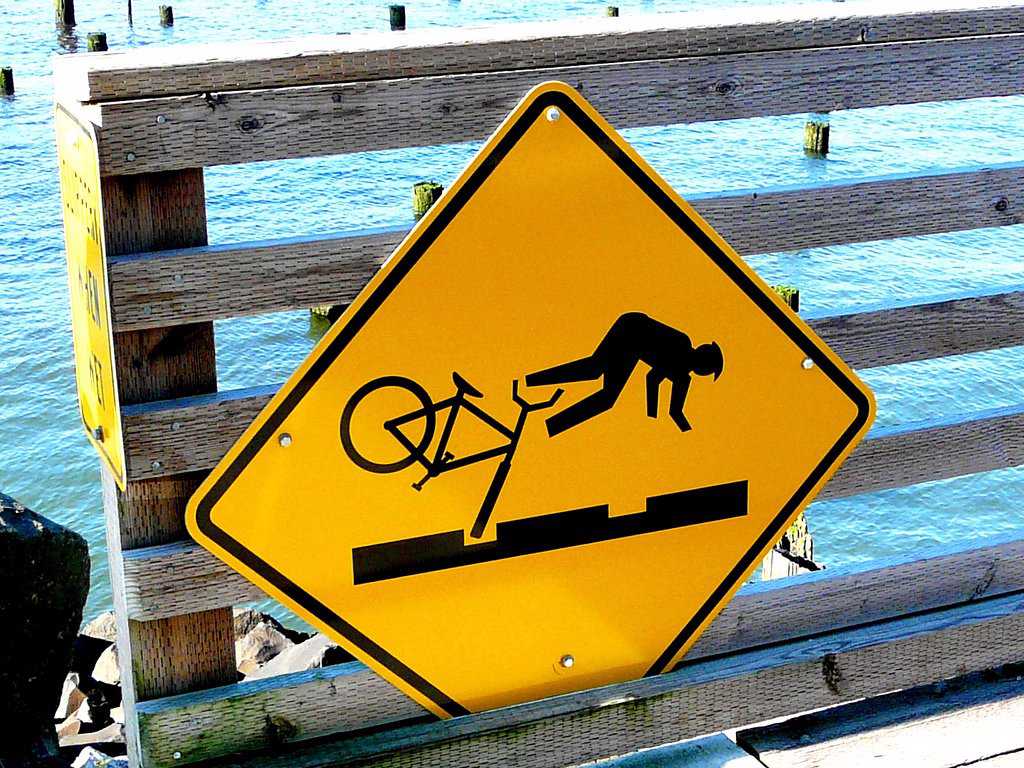Add a flattening yield curve to the number of warning signs that are popping up and suggesting this historic stock-market rally is nearing an end.
Stocks have rallied more than 11% since the election amid speculation that President Trump’s plans to cut taxes, roll back regulations, and spend $1 trillion on infrastructure will get the US economy growing at the 3% that the administration has targeted.
Recently, the Dow Jones Industrial Average set a record by closing at all-time highs for 12 straight sessions. Additionally, it matched its fastest move between two 1,000-point landmarks, climbing from 20,000 to 21,000 in just 24 trading days.
While stocks look unstoppable right now, there have been a number of warning signs – from declining volumes to a mismatch in volatility expectations and economic uncertainty – suggesting traders should tread carefully. The latest is coming from the bond market.
As the stock market heats up, so too are the expectations that the Fed will hike rates. World Interest Rate Probability data provided by Bloomberg suggests a 90% chance the Fed will raise its benchmark interest rate at its upcoming meeting on March 14/15.
Such a rate hike would be the first of 2017 and have the Fed on a path to try and get in the three hikes it forecast for the year at its meeting in December, the last time it hiked rates. The Fed hasn't hiked rates three times in a year since 2006, when it was trying to prick the housing bubble.
And as rate hike expectations rise, traders are dumping Treasurys. That selling is causing a bearish flattening of the yield curve, meaning that yields on shorter-term debt are rising faster than yields on long-term debt.
While the yield curve isn't yet inverted, often times a sign that a recession is coming, the spread at the tightest it's been since 2007.
Appearing on CNBC's Squawk on the Street, Fundstrat managing partner and head of research Tom Lee said that a flattening yield curve "has almost always presaged weakness in equities."


